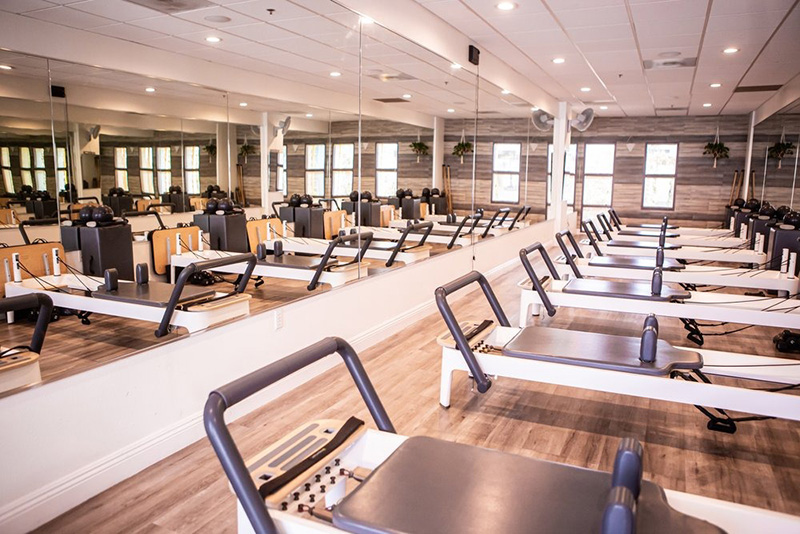What are the 6 rules of Pilates?

Table of Contents
Pilates is a system of exercises developed by Joseph Pilates that focuses on strength, flexibility, and overall body awareness. While there may not be universally agreed-upon “rules” of Pilates, there are some principles that are commonly emphasized by instructors. These principles guide the practice of Pilates and contribute to its effectiveness. Here are six key principles of Pilates:

Centering:
- This principle emphasizes the concept of the body’s “powerhouse,” which includes the muscles of the abdomen, lower back, hips, and buttocks. Movements in Pilates often initiate from the center of the body, promoting strength and stability.
Control:
Pilates exercises are performed with precision and control. Movements should be deliberate, and each part of the body should be engaged and under control throughout the exercise. This focus on control helps prevent injury and ensures that the correct muscles are being targeted.

Concentration:
Mind-body connection is crucial in Pilates. Practitioners are encouraged to concentrate fully on each movement, being aware of their body’s position, alignment, and the engagement of specific muscles. This mental focus enhances the effectiveness of the exercises.
Precision:
- Pilates emphasizes precision in movement. Rather than performing large, uncontrolled movements, practitioners are encouraged to execute each exercise with attention to detail, ensuring that the correct muscles are being used and that the body is properly aligned.

Breath:
- Pilates places importance on coordinated breathing with movement. Deep, controlled breathing helps oxygenate the blood and engage the core muscles. Inhales and exhales are often coordinated with specific phases of an exercise to enhance overall control and relaxation.
Flow or Fluidity:
- Pilates exercises are designed to be smooth and flowing, promoting a sense of grace and efficiency in movement. Transitions between exercises and the movements themselves should be fluid, avoiding jerky or abrupt motions. This principle contributes to the overall balance and coordination developed through Pilates practice.

While these principles provide a foundation for Pilates practice, it’s essential to note that different instructors and schools of Pilates may emphasize these principles to varying degrees. Additionally, individual practitioners may experience and interpret these principles in their unique ways.
Hey there partner !
How can we help you today?
Raetin’s Blog
Welcome to the Raetin
Your go-to destination for custom tips, newest design trends, and inspiration.




